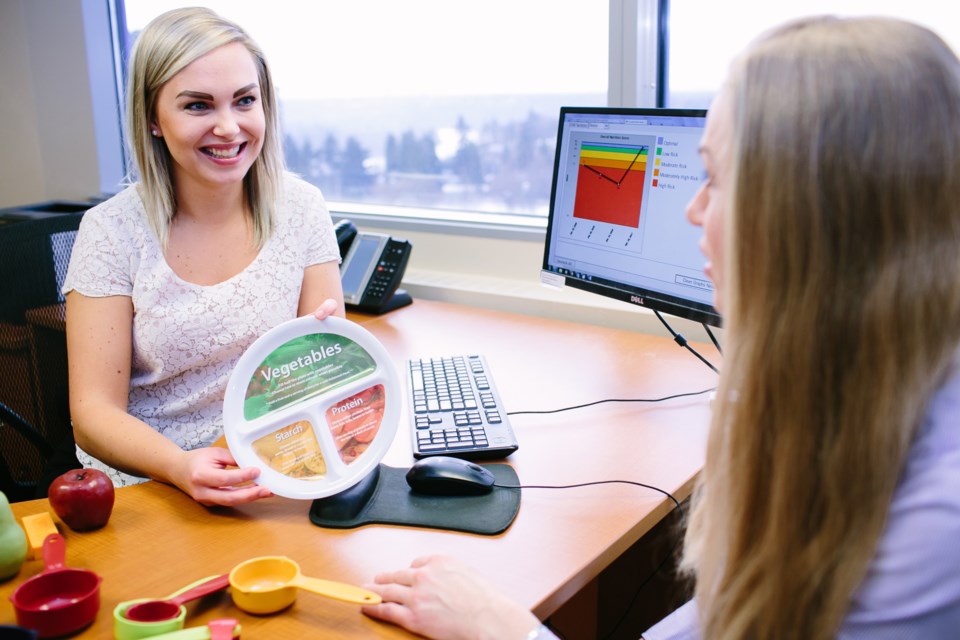By Dr. Lauren Fineman, Family Physician
By the end of a Canadian winter, many of us are looking forward to spring and getting back to our usual outdoor activities. For some, dull or dry skin and low energy levels go hand in hand with winter weather. But if you’re experiencing ongoing tiredness and pale skin, it may be more than the winter blahs getting you down.
Iron deficiency, be it anemia or low iron stores, affects 20 to 25 percent of the world population. While it is significantly less prevalent in developed countries, studies indicate that about 5 percent of Canadians (and 8 percent of women) suffer from insufficient iron levels.
Fortunately, for those who may be experiencing symptoms, diagnosis is relatively simple, treatment is typically uncomplicated and prevention options are straightforward.
What causes iron deficiency?
Like other essential dietary minerals and micronutrients, iron is required to keep the body’s biochemical functions performing properly at all life stages. It’s a key component of hemoglobin – the protein in red blood cells that carries oxygen to the body’s tissues. Insufficient iron means insufficient hemoglobin; therefore, tissues and muscles don’t get enough oxygen and they can’t work as effectively.
The most common causes of iron deficiency are inadequate intake due to poor or restrictive diets, reduced absorption, and blood loss. Reduced absorption is most commonly associated with gastrointestinal issues, such as Celiac disease, atrophic gastritis, Helicobacter pylori infection (associated with ulcers), and following bariatric (weight loss) surgery. Blood loss can be from many sources, including menstruation, gastrointestinal bleeding, and blood donation. Iron deficiency is also common in pregnancy.
No matter the cause, the symptoms of a lack of iron can significantly affect quality of life.
The warning signs of low iron levels
Because it generally develops slowly and initial symptoms are mild, many people don’t recognize the early warning signs of low iron stores. Symptoms include fatigue, lightheadedness, headaches, decreased exercise tolerance, exertional shortness of breath and generalized weakness.
Physical examination can be normal, or may reveal pale skin, dry skin, restless legs, hair loss, tongue pain, nail changes, and irregular heart rate.
Left untreated, even more serious problems such as pregnancy complications, delayed growth in children, and heart complications may arise.
Diagnosis and treatment of iron deficiency
While problems associated with iron deficiency can become complex, the actual diagnosis is comparatively simple.
Following an initial physical exam, a doctor will order blood tests to examine hemoglobin and assess how much iron is in the blood. (A complete blood count and a test to assess your overall body iron stores are standard with annual Comprehensive Health Assessments through Copeman Healthcare).
Once it is determined that iron levels are insufficient, the physician will suggest treatment options as well as look for the root cause. As with diagnosis, treatment is straightforward; it typically involves making dietary changes and/or taking iron supplements.
Even though people often start to feel better shortly after taking supplements, iron deficiency cannot be corrected overnight. It may be necessary to take iron supplements for several months or more to replenish iron stores and get hemoglobin levels back to normal. Never take iron pills without consulting a physician; too much iron can cause its own set of health issues.
Preventing iron-deficiency anemia
Eating a healthy diet with iron-rich foods every day is an excellent way to prevent iron deficiency.
Meat, fish, poultry, and organ meats such as liver are the prime sources of heme iron, which is found in animal proteins and is most easily absorbed by the body. Leafy, dark green vegetables like spinach and kale; dried fruits, such as raisins and apricots; beans, peas and other pulses; lentils; eggs; seeds and nuts; and iron-fortified foods, such as cereals, will add non-heme iron to a diet. It isn’t as easily absorbed but still important.
Research shows that combining those non-heme foods with sources of vitamin C, will further boost absorption. It’s healthy and delicious to sprinkle lemon juice on your green, leafy vegetables, or eat an orange for dessert following an iron rich meal. It can also be helpful to avoid foods that inhibit iron absorption when eaten in large amounts, such as tea and coffee and foods high in calcium.
To prevent anemia in babies and children, follow suggested healthy feeding recommendations to ensure they get enough iron. Doctors will typically suggest that pregnant women can take prenatal vitamins, which will contain iron, to make sure they and their babies are getting all the necessary nutrients required for the healthiest outcomes.
Not certain if you’re getting enough iron in your diet? Call Daniele Vandenhouten at 587-805-3930 or email [email protected] to learn more about how the team at Copeman Healthcare can help.

